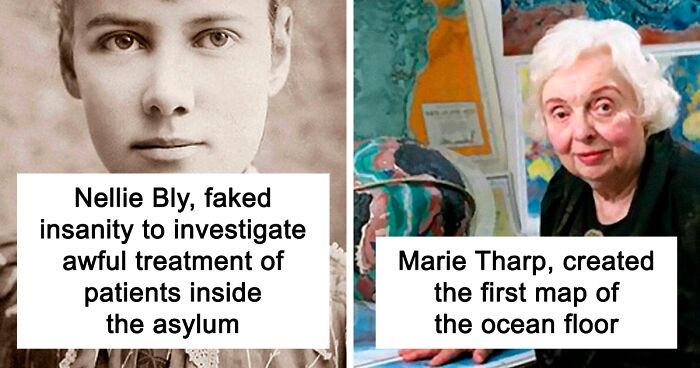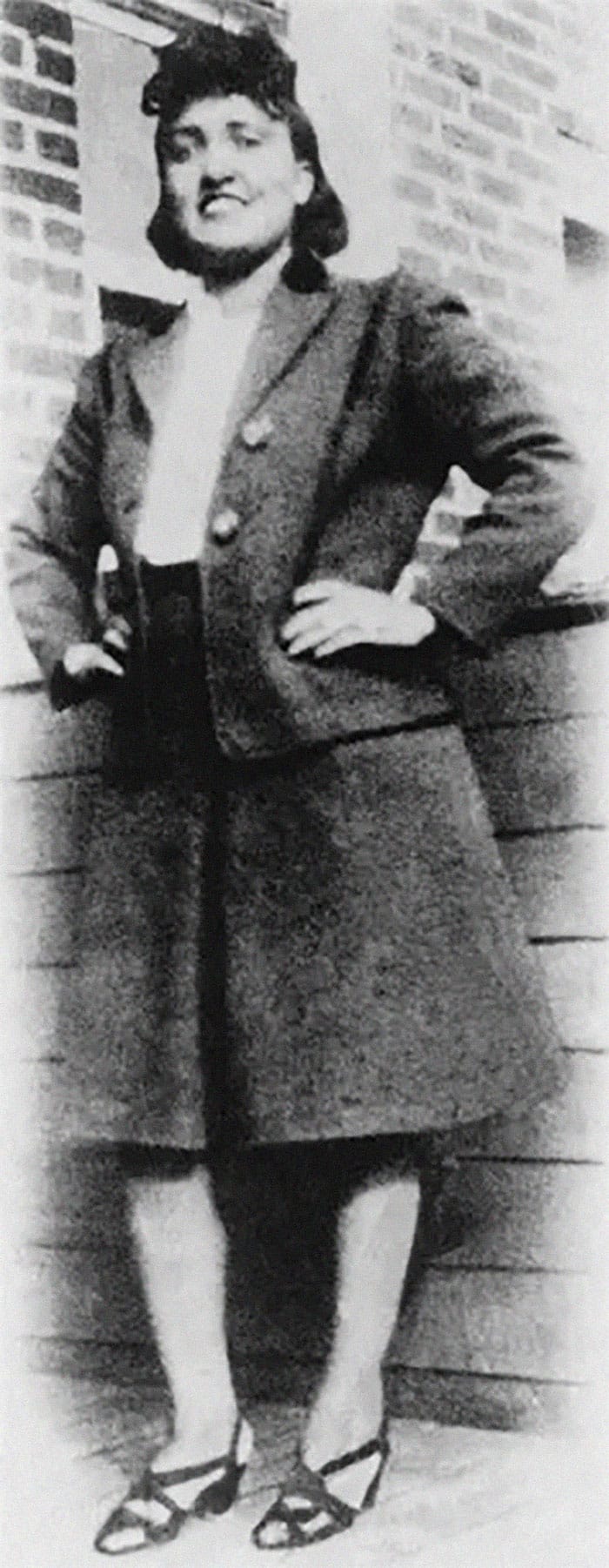Here are some of the examples tend to be glossed over and overlooked by some historians. In fact, The Representagtion Project claims that women are only represented in 0.5 percent of recorded history.
Wanting to improve all of our understanding of history, Reddit user Dundermifflinhoe urged their fellow redditors to share examples of great women that we may not have heard of. And when you’re done reading through this list and sharing who you personally think some women that often get overlooked in history. Check out our post about people sharing their female heroes whom they admire.
“I realized that I don’t know many famous women throughout history. Learning about how so many women who had thoughts or opinions on a subject were deemed crazy put into perspective how little I knew, and I wanted to educate myself more. Hopefully, some other people who were curious about it can benefit as well. I absolutely did not expect it to blow up as big as it did, but I’m happy that so many people are wanting to further educate themselves on the topic as well.” Read on for our full interviews with Dundermifflinhoe and with an expert on gender discrimination.
#1
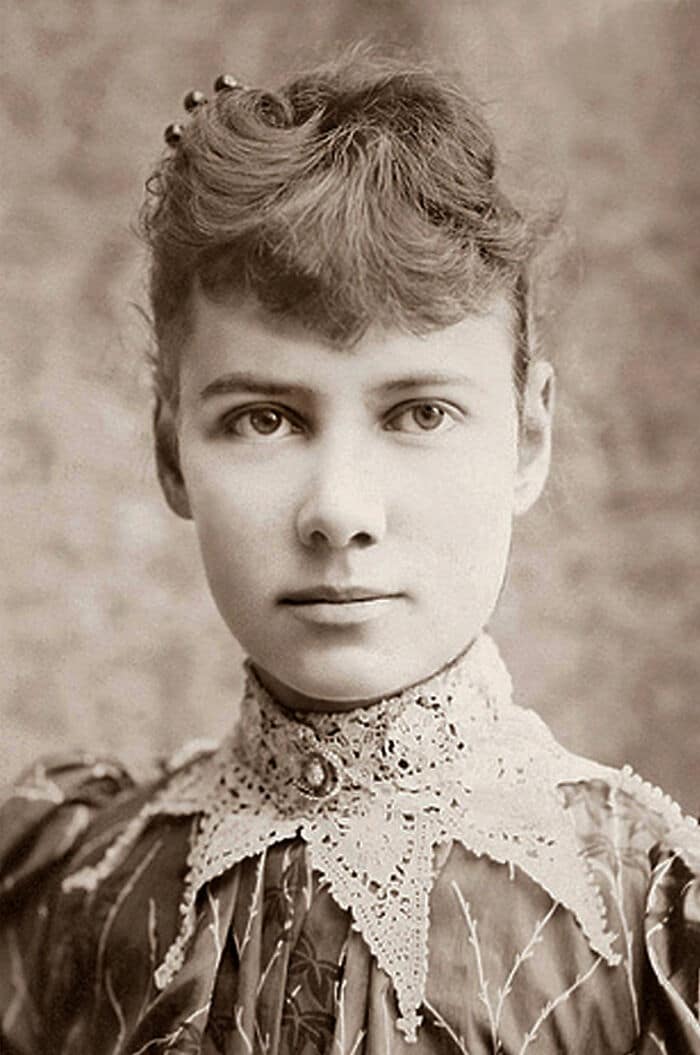
Nellie Bly. She was a 1890s journalist who was given an assignment to investigate the Woman’s Lunatic Asylum on Blackwell’s Island due to accusations of the mistreatment of patients. She got in there by faking insanity and getting herself committed to the asylum, and when she was finally released, she ran an exposé in the New York World called “Ten Days In A Madhouse” that exposed the awful treatment of patients inside the asylum. This was considered a revolution in investigative journalism. Also, she read “Around The World In 80 Days”, basically decided she could do better, and went around the world in 72 days. She was also an inventor, and was one of the primary journalists to cover the suffragette movement. She’s one of my favorite historical figures who doesn’t get enough attention!
#2

Dr. Mona Hanna-Attisha. She is the Dean of Medicine at Hurley Children’s Hospital in Flint, MI. She saw that children were having elevated lead levels (ELLs) outside the normal range. She contacted the Genesee Department of Health, who at first, dismissed her claim, then sent her obfuscated data to make it look like the ELLs were completely within normal trends. She grew frustrated at this, so she called a team of epidemiologists from UVA (her alma mater) to find the source of the lead. Lo and behold, she found that the water in multiple zip codes was contaminated with lead. She informed the Genesee Department of Health Again, who brushed her off. She then said “f**k it” and held a major press conference where she announced on air that the water in Flint wasn’t safe and to come to the hospital to get your child tested and to pick up supplies of water and liquid infant formula. She saved thousands of children from the permanent effects of lead poisoning.
#3
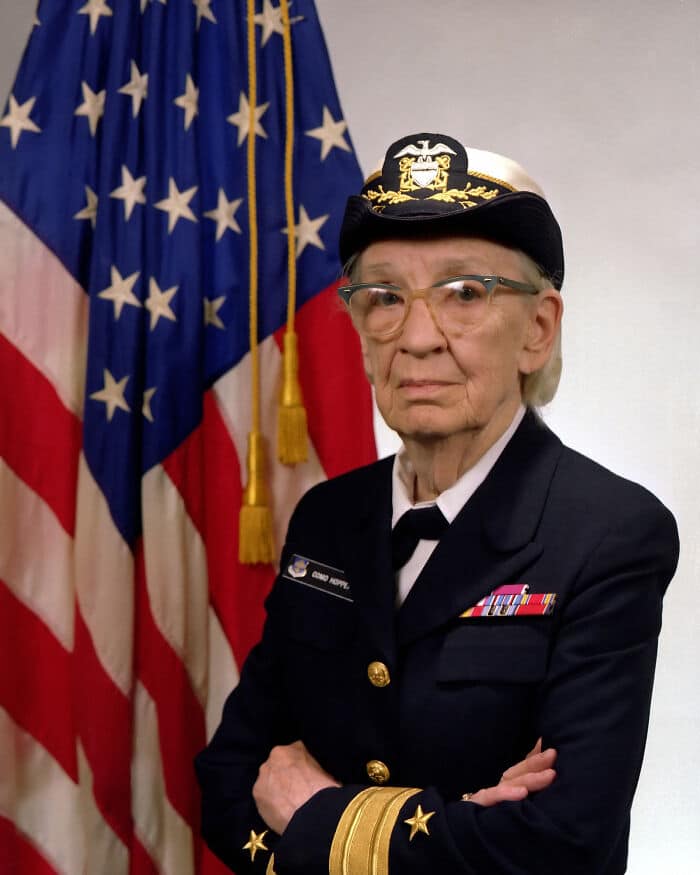
Grace Hopper. This should so be higher up. Without Grace, programming would have been reserved for scientists only. We probably wouldn’t have most of what we have today in regards to software and the advantages we enjoyed because of that.
She was a Motherf**king Legend.
She had a masters in maths in a time when a lot of Universities still didn’t allow women to attend.
On her very first Job with a computer, she asked for a manual. They told her there isn’t one. A few months later she had written one.
When she suggested the idea of a compiler – a way to write more English like statements to make the whole programming thing easier, faster and more accessible to the masses – she was told not to do it. Scientists firstly didn’t believe it could be done, and secondly didn’t want it to be done because they were more interested in protecting their “elite” career of programming.
The redditor said that they believe so many women get overlooked in history because they’re discriminated again. “They weren’t in a position of power to safely promote their ideas on a certain topic or were told that they were crazy. I think the biggest reason would be that we just aren’t taught about their contributions and after so many decades and centuries, their names just gets lost.”
However, the redditor believes that society is changing for the better and allows better recognition for women. Yet, there’s still a long way to go. “We’re still not where we need to be. Continuing to educate ourselves, as well as asking questions, will help pave a way for women to be as equally recognized by men in the future.”
#4
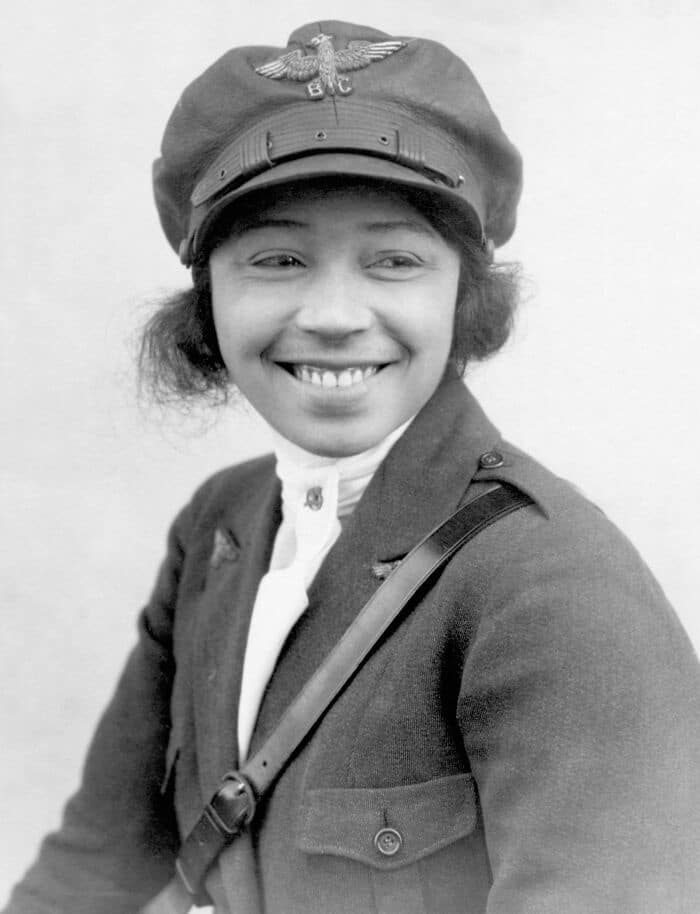
Bessie Coleman. She was a black woman who wanted to learn to fly. No one would teach her. She learned that the French would however, so she moved to France, learned French and how to fly. Then she came back to the states and taught whoever wanted to learn. She was alive same time as Amelia Earhart and got no recognition at the time.
#5
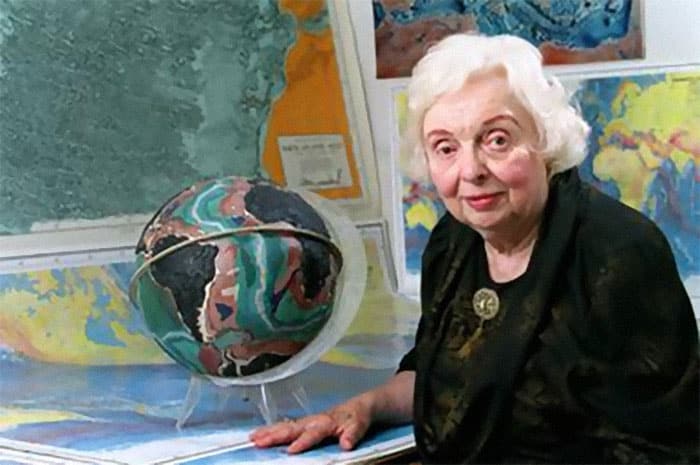
Marie Tharp; she created the first map of the ocean floor, which led to the discovery of tectonic plates, and the theory of continental drift
#6
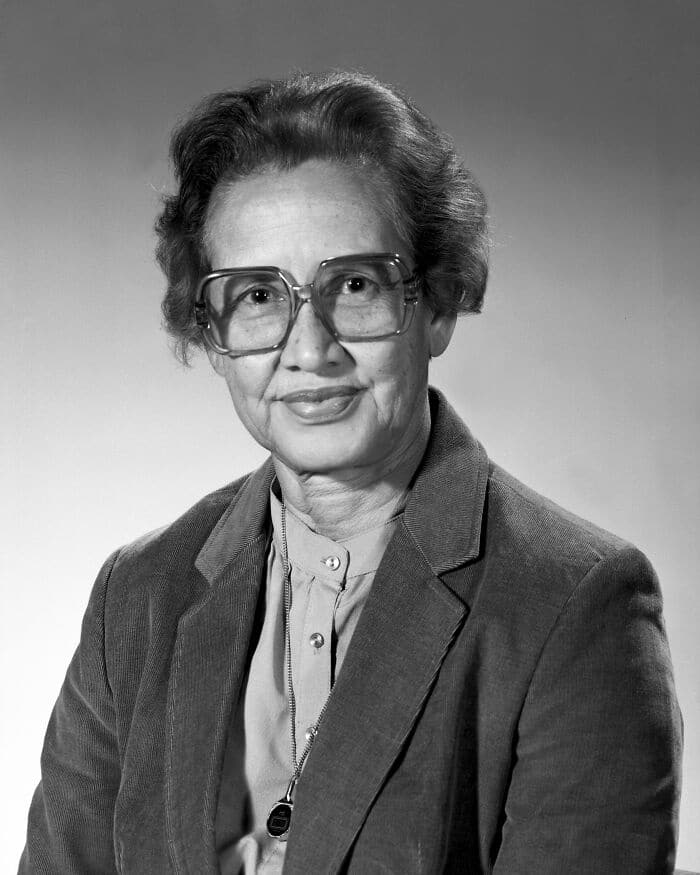
Katherine Johnson, one of the first black mathmeticians to work for NASA. She did a lot of work on calculating trajectories for the Apollo missions, but her most important contributions were the backup procedures for the Apollo 13 mission. You’ve probably heard the famous line, “Houston, we have a problem.” Katherine Johnson is responsible for solving that problem by calculating a safe return for the Apollo 13 astronauts.
History is one thing, but what about the challenges that women face in the workplace today? To learn more about them, Bored Panda contacted Elizabeth Arif-Fear, writer and founder of Voice of Salam. Arif-Fear, an expert in topics like gender (in)equality, explained that there are “major obstacles” for women in the workplace. However, to what extent and how this manifests actually varies by profession, location, and the working culture of the company or employer.
“The gender pay gap is of course the most obvious marker of gender inequality in the workplace and is a gross violation of women’s rights,” she pointed out the clearest example.
#7
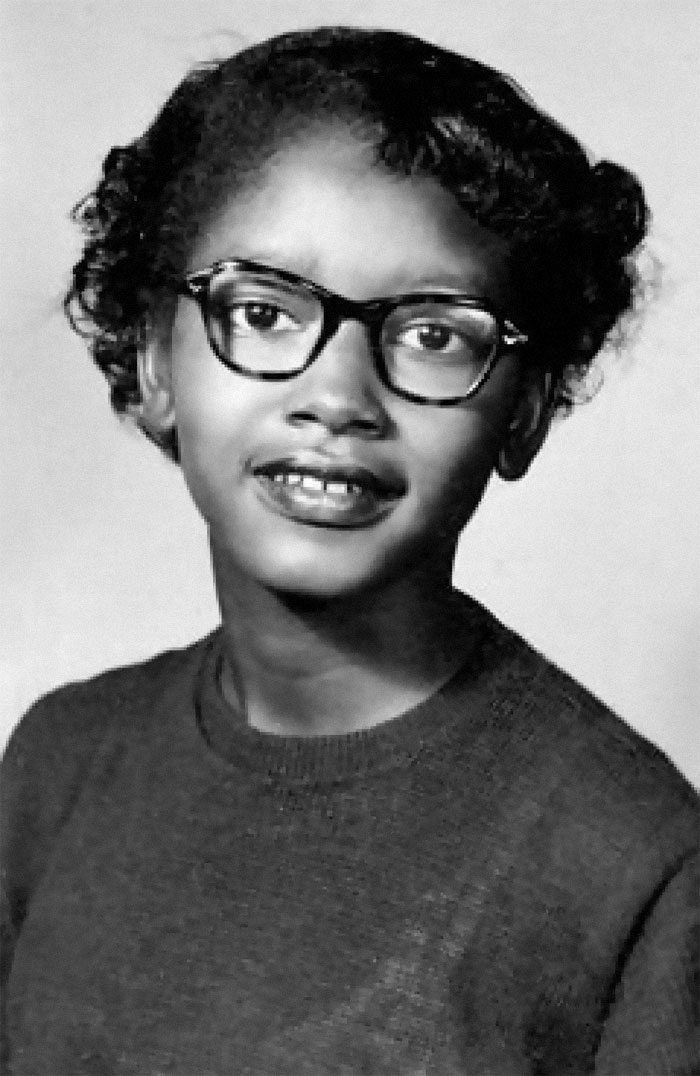
Claudette Colvin was the person who refused to get up from her bus seat during the Jim Crows in America. But she was a young woman who was pregnant out of wedlock at the time, and the black leaders decided she was not a good image of an activist. So they handpicked Rosa Parks to do the same
#8
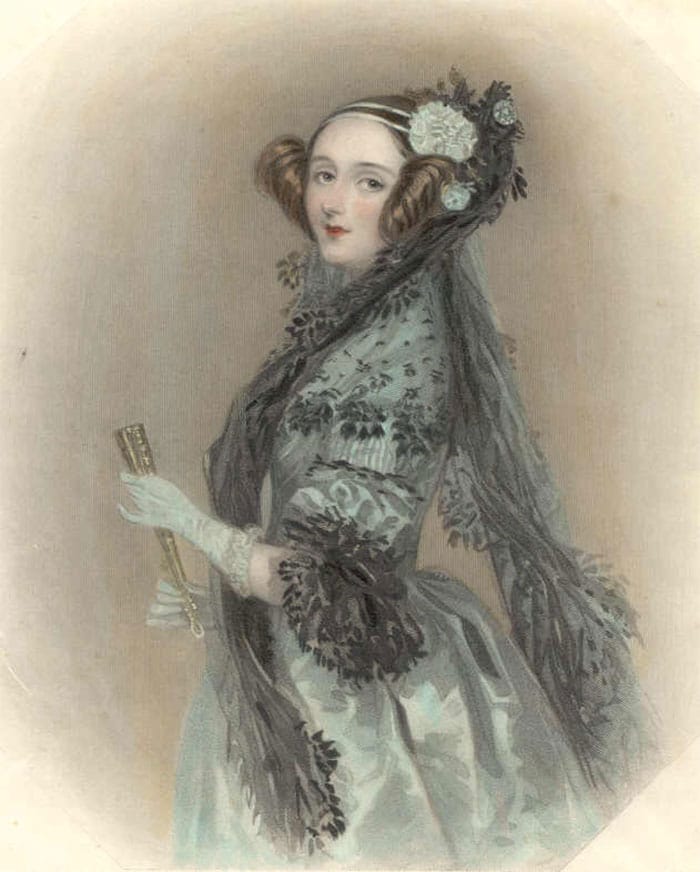
Ada Lovelace. She’s so awesome. For anyone that doesn’t know, she effectively invented the basis for modern computer programming by observing her friend Charles Babbage’s work on his Analytical Machine, which was effectively a calculator. She realised that it was possible to do more than just maths with it and thus established the basis for modern computing.
#9
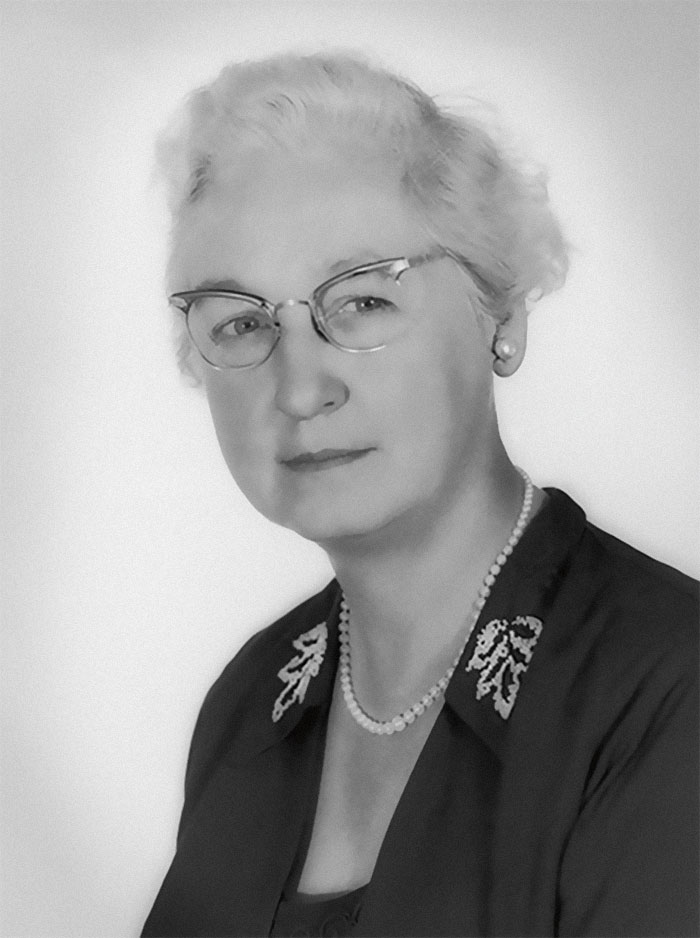
In 1952 Dr. Virginia Apgar developed a quick, easy five-point test that summarizes health of newborns, and determine those needing emergency assistance. The Apgar Score is now given to practically every newborn, and helped save countless young lives, and reduce infant mortality.
Looking at the situation in North America and Europe, Arif-Fear sees that the talent of female employees is recognized, however, there are clear obstacles that need to be addressed.
“Discrimination includes women being denied work, in preference for men due to maternity leave allowances. Due to the imbalance between caring for children and housework among male/female partnerships—which is still prevalent across the globe—women are left juggling a high amount of childcare and work which places extra demands on women,” she explained.
There are ways around this. For instance, employers could offer flexible schedules to allow parents to drop their children off at school in the morning. However, Arif-Fear believes that this isn’t enough. “Practical barriers add an extra burden onto women. Beyond childcare, women in leadership is an area that is evolving but there is still a massive glass ceiling. We need more women in leadership positions,” she added.
#10
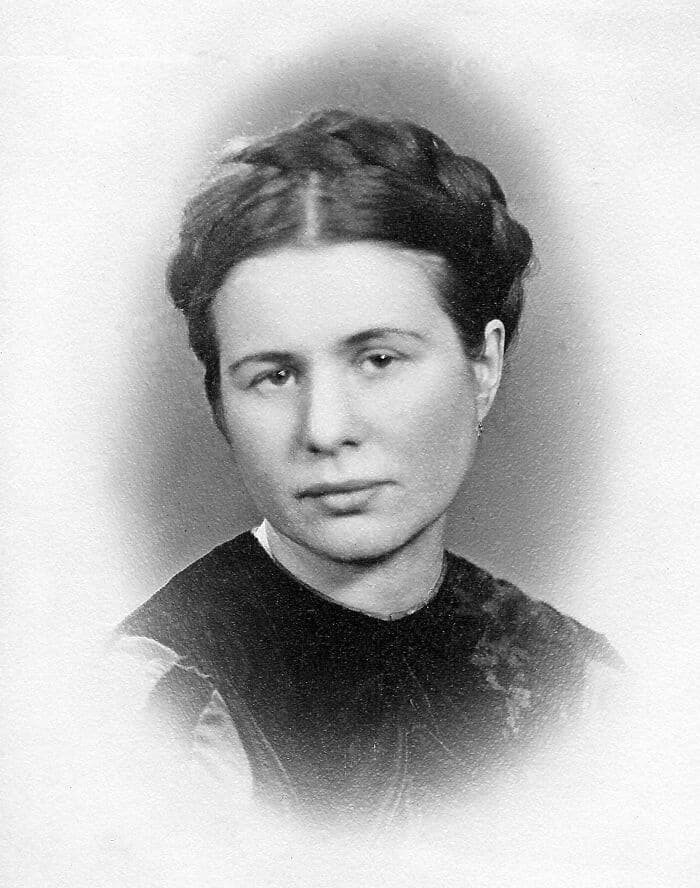
Irena Sendler worked with others to smuggle Jewish children out of the Warsaw ghetto during WWII.
#11
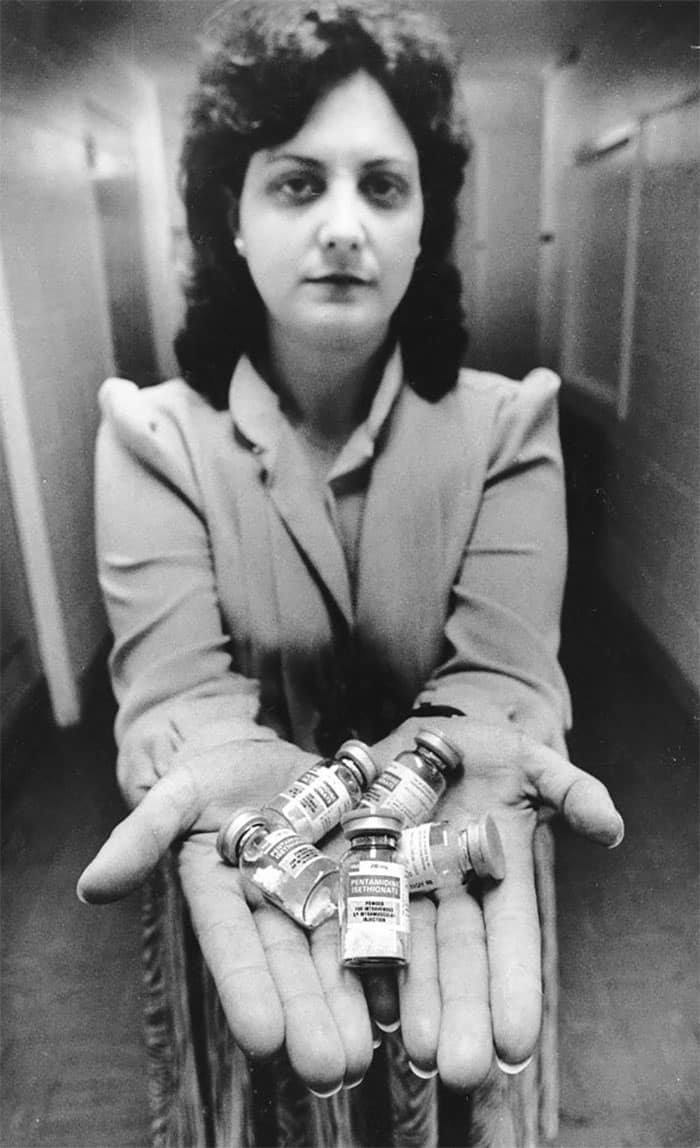
Sandra Ford, the drug technician who first brought attention to what would become the AIDS epidemic. She knew something was up when she began receiving unusually high numbers of requests for pentamidine, an antibiotic reserved for treating pneumocystis pneumonia in seriously ill, immuno-compromised patients. The patients it was being requested for were gay men who had been otherwise healthy.
#12
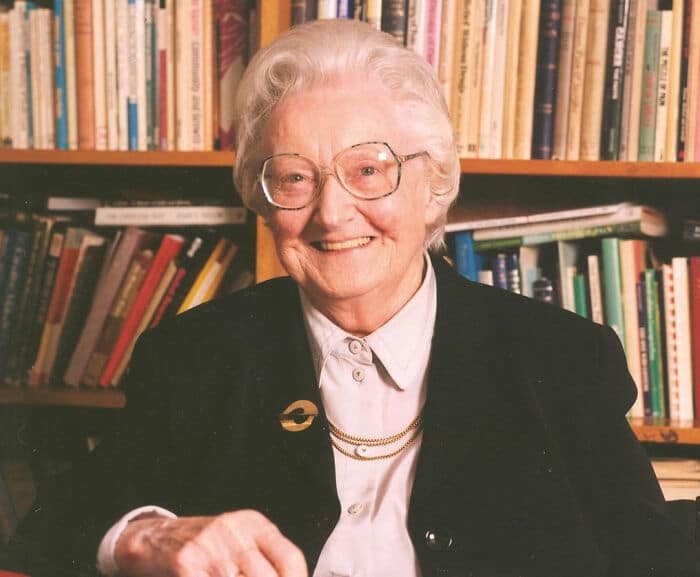
Cicely Saunders deserves the reputation Mother Tereasa has. She basically invented hospice care. Before her, doctors used to just abandon incurables to die with no palliative care. Cecily Saunders arguably eliminated more useless suffering than anyone ever.
#13
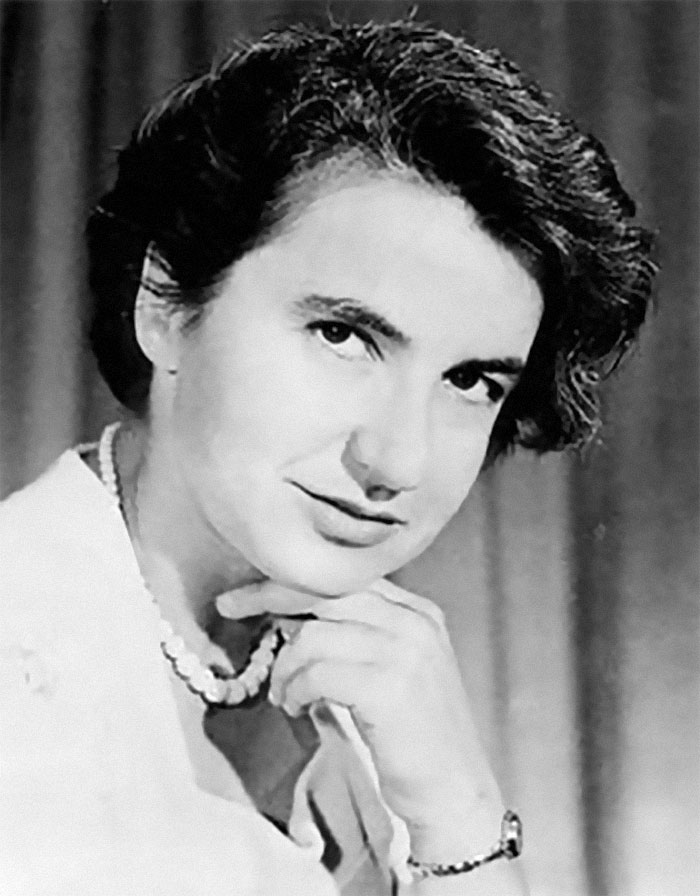
Rosalind Franklin – Crick & Watson got all the glory, and even the plaque at the Eagle only mentions their name.Watson and Crick basically stole her research and used it to discover the shape of DNA. They were awarded the Nobel Prize for their discovery. Once the theft was discovered, and she was given proper credit, she had already died from cancer (her work specialized in Xrays and she had been exposed to too much radiation). The Nobel Committee has acknowledged her contribution to science, but they can’t give her an award because they do not give out awards posthumously.
#14
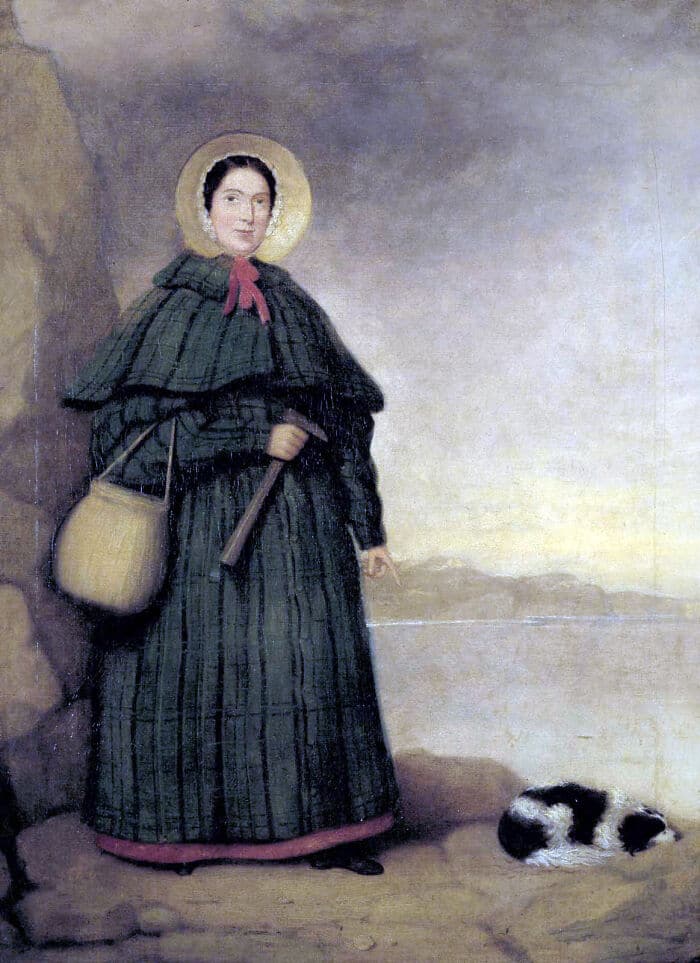
Mary Anning, the first paleontologist. She basically discovered that dinosaurs were a thing, and wasn’t recognized for it until 2010 when the royal society of London named her as one of the 10 most influential British woman of science.
#15
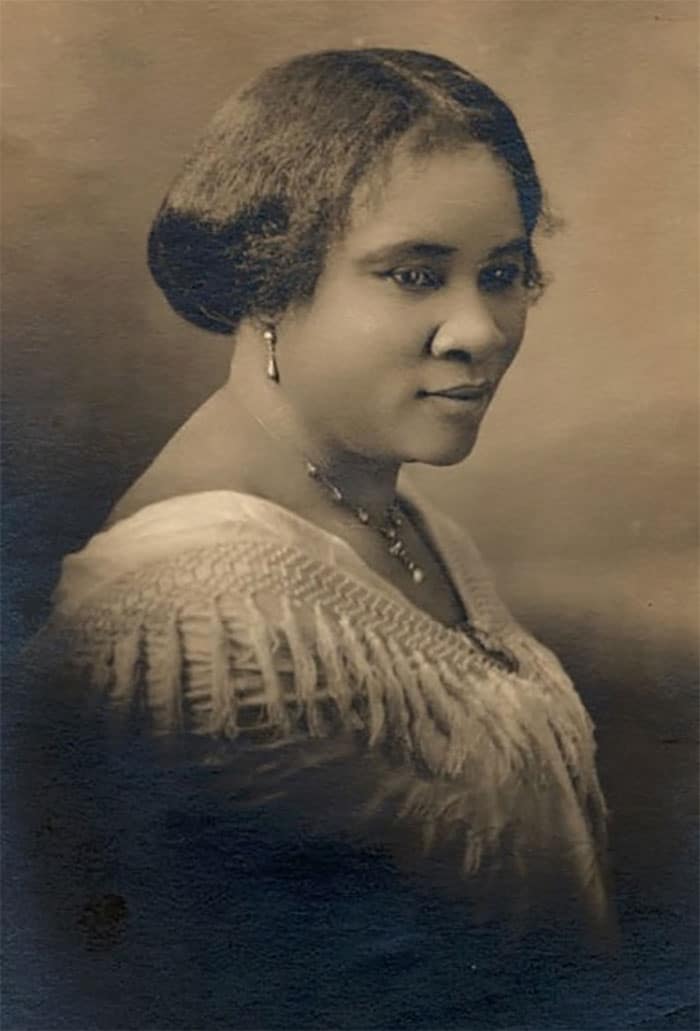
Madam C. J. Walker developed black hair care products and marketed them through her business she founded which ended up making her the first female self made millionaire.
#16

Artemisia Gentileschi was one of the most prolific artists (Judith Slaying Holofernes is probably her most recognisable painting) of the 17th century at a time when obviously women weren’t encouraged or allowed in the very male-dominated space. She was a pro at only 15, working all over and she was the first woman to be accepted into the Art Academy (forgive the bad English translation but the Italian name escapes me) in Florence. There’s a lot more to this of course but she took her rapist to court & he was found guilty after a seven month long trial. She had no time for female submissiveness which is reflected in her art. Her story is remarkable & her art is utterly compelling.
#17
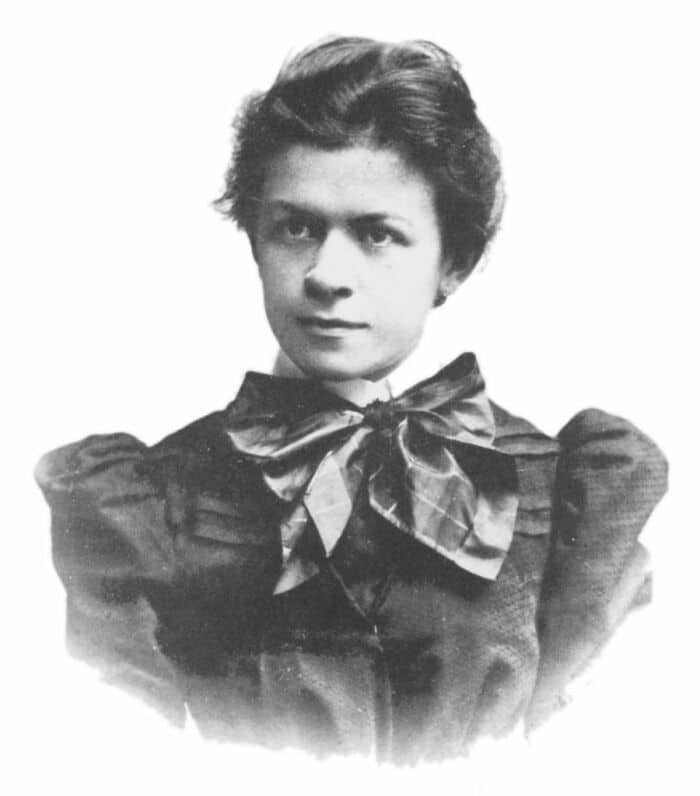
Mileva Marić Einstein (Albert Einstein’s first wife), a brilliant physicist, whose contribution to Albert’s work cannot be emphasized enough.
#18
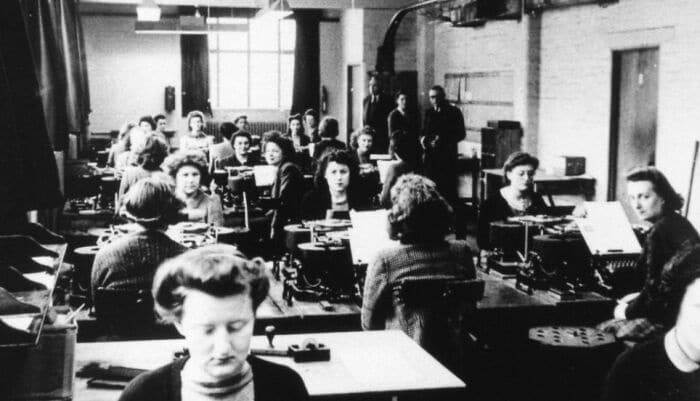
The Allied codebreakers at places like Bletchley Park during WWII. They worked incredibly long, tedious, and stressful hours and were a major contributor to the war effort and military intelligence, but their work didn’t even receive official recognition from the British government until 2009, 64 years after the war ended.
#19

Henrietta Lacks.
She saved millions of lives and made a critical contribution to the world of medicine, but unless you’re in the medical field — you’ve probably never even heard her name.
Henrietta Lacks was a young, black, mother of five when she died in 1951 after being diagnosed with an aggressive cervical cancer at Johns Hopkins. Doctor George Gey was working at Hopkins at the time, trying to culture cells in the laboratory. Lacks’ cells were among dozens sent to his lab, but they were the first to ever survive and grow. Her cells, a unique and aggressive type, were later described as one in three billion.
Scientists called these resilient cells “HeLa” — taking first two letters of “Henrietta” and “Lacks.” HeLa cells were used to test the polio vaccine, develop in vitro fertilization, and several chemotherapy drugs among hundreds of medical advances.
Grown and sold around the world, Lacks’ legacy lived on in her cells: they have traveled to space, they have been embedded in a nuclear bomb. But for decades, the Lacks family had no idea.
#20
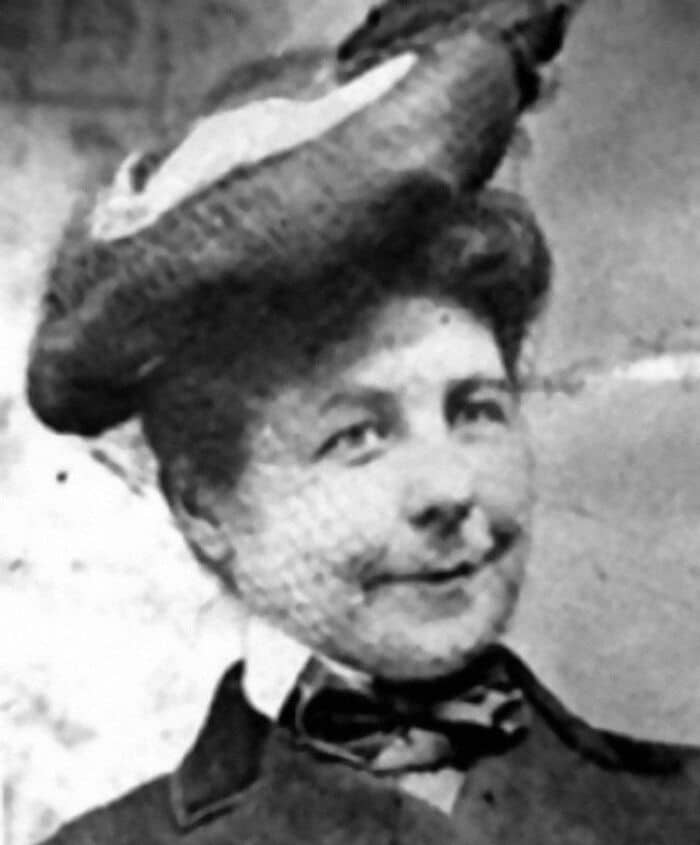
Mary Anderson invented the windshield wiper in 1903. As soon as the patent expired, it became standard in all cars. She attempted to sell it while she had the rights to it, but most manufacturers refused to believe it was a feature of value, and it is likely her being female colored their lack of enthusiasm.
#21
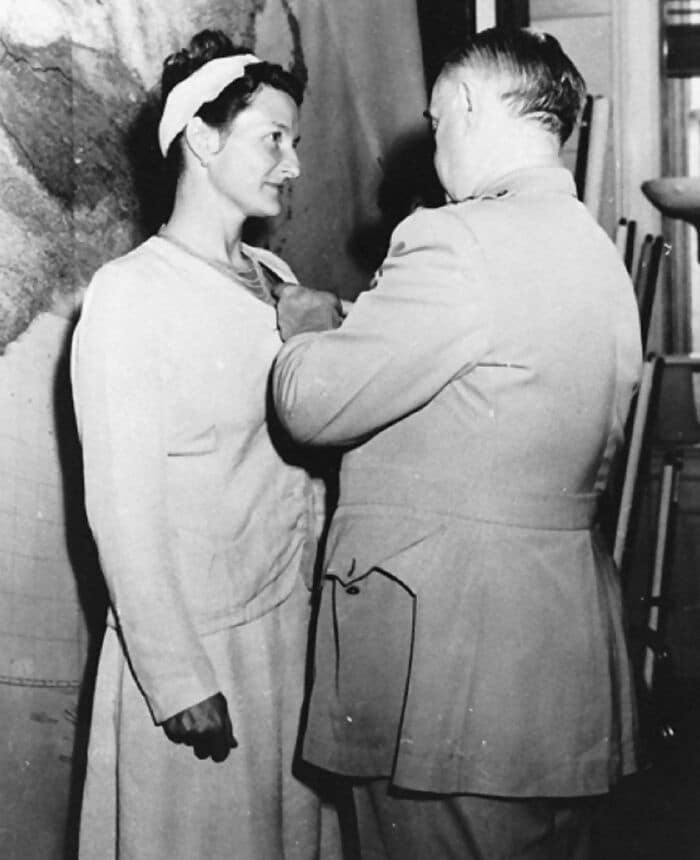
Virginia Hall has a building named after her at the CIA. She was an American woman from Baltimore who went to Europe in the 1930s, lost her leg in a shooting accident, then proceeded to become a leader in the French Resistance and master of disguise, all with a wooden leg. The book A Woman of No Importance is about her and came out last year.
#22
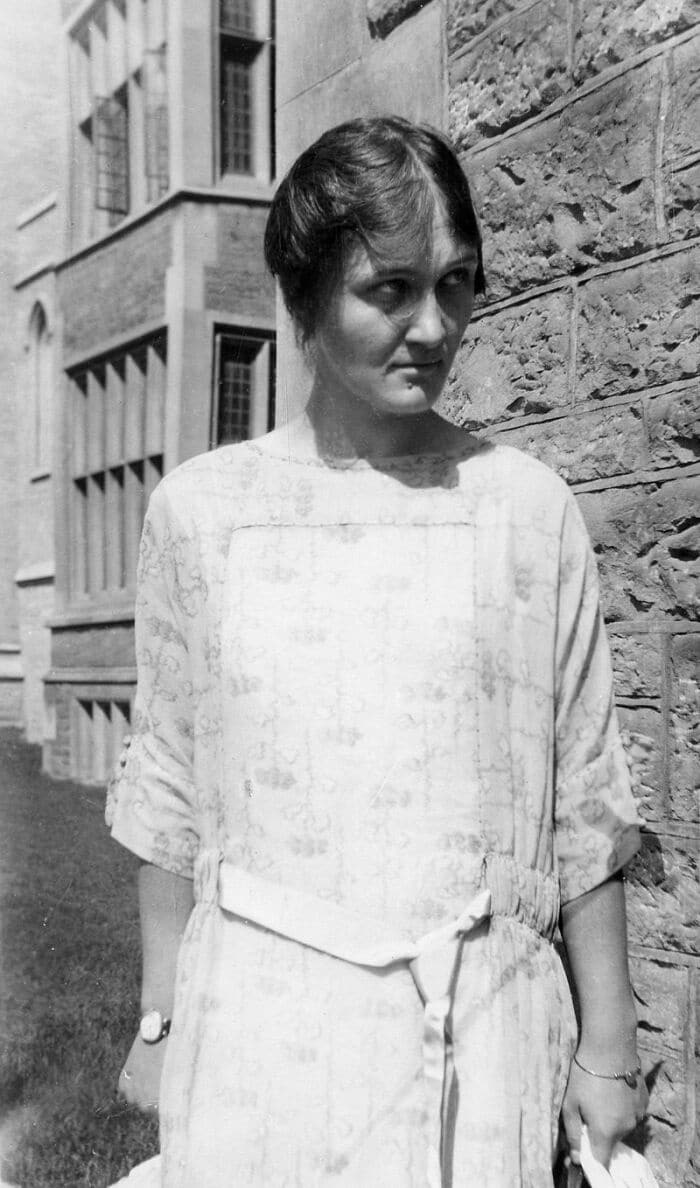
Cecilia Payne, discovered what universe is made out of… And don’t even get a mention in textbooks
#23
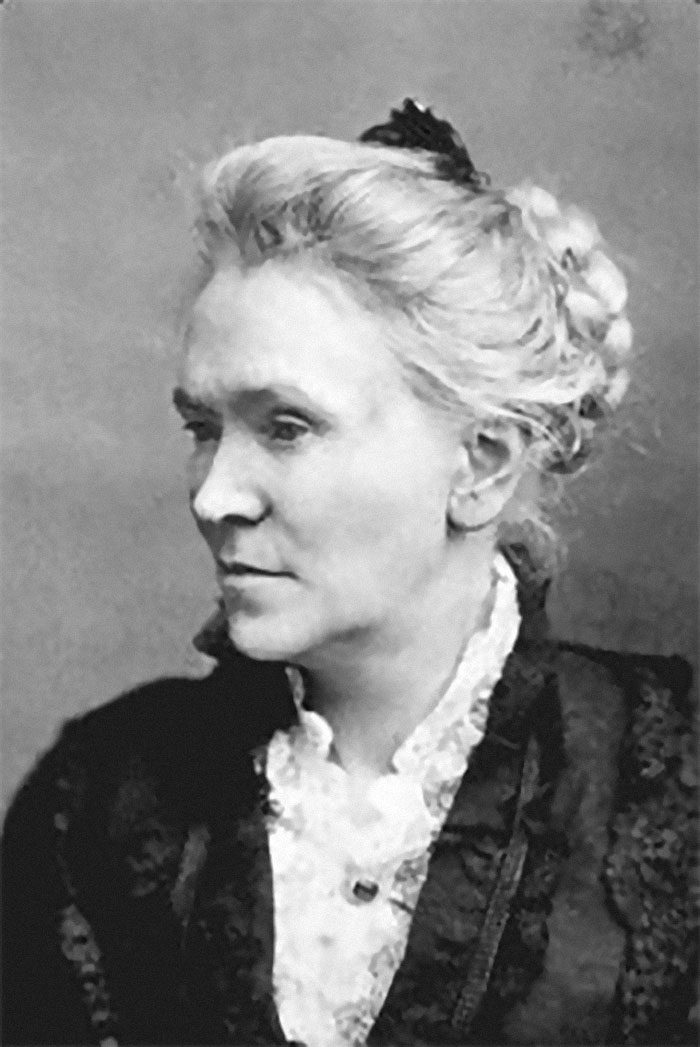
Anna Connelly invented the fire escape in 1887.
That same year, Josephine Cochrane invented the dishwasher.
#24
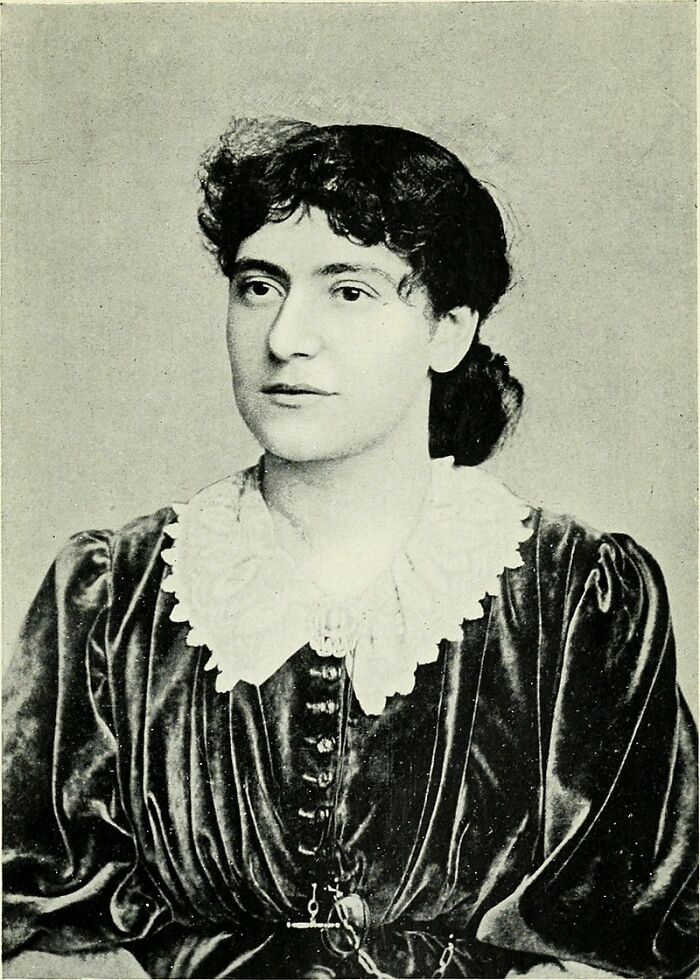
Eleanor Marx – Maybe overlooked because of her dad. She played an important role in British Trade Unions which forced the move from a 12 hour working day 6 days a week to an 8 hour day 5 days a weekend. Those extra hours to go on a walk, play Xbox, learn something new or just chill is a pretty big contribution.
#25
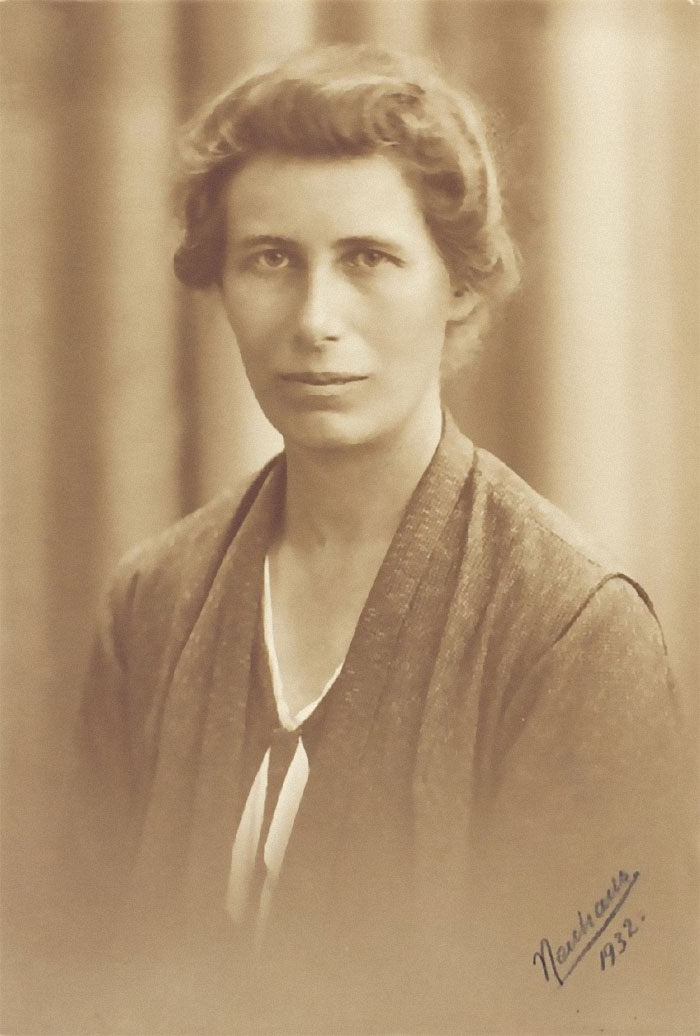
Inge Lehmann was a Danish seismologist. She discovered P’ waves (waves that reflect off of the inner-core), confirming that the earth has a solid inner-core and a liquid outer-core.
#26
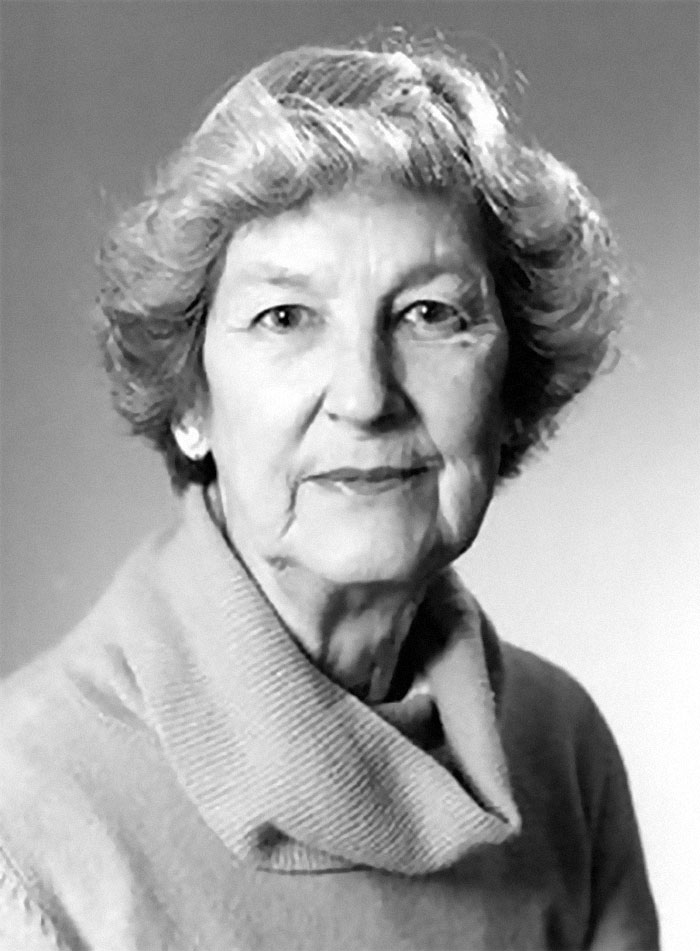
Dr. Georgeanna Seeger Jones
Dr. Jones singlehandedly organized the field of Gynecological Endocrinology. While at John’s Hopkins with her husband, Dr. Howard Jones and Drs. Roberts and Steptoe, she devised the hypothesis of follicular hyper stimulation, which produced more than one egg per cycle. Her later discoveries led to increases in viability of In Vitro Fertilization.
Per Wikipedia : As a resident at Johns Hopkins, she discovered that the pregnancy hormone hCG was manufactured by the placenta, not the pituitary gland as originally thought. This discovery led to the development of many of the early over-the-counter pregnancy test kits currently available. On 1949, Jones made the first description of Luteal Phase Dysfunction and is credited to be the first in using progesterone to treat women with a history of miscarriages, thus allowing many of them to not only conceive, but to deliver healthy babies
She also served as a Dean of the College of Pontifical Sciences, advising the Vatican of matters of Gynecology and Conception.
Her husband always said “She’s the smarter one.”
She was also a great friend.
#27
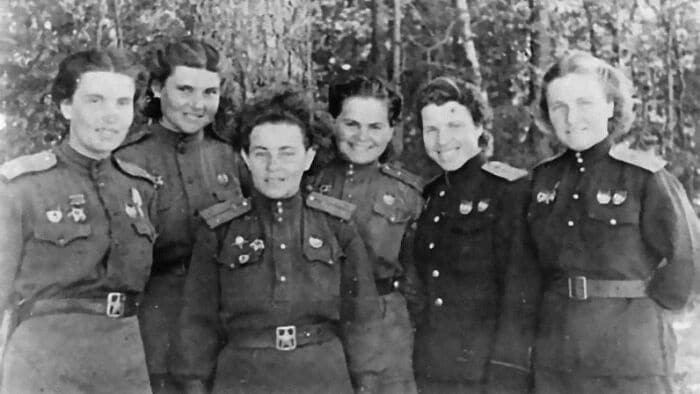
The Soviet Air Force’s 588th Night Bomber Regiment. An all-female bombing wing during WWII that had to make do with a lot of outdated equipment.
However, they were a MAJOR thorn in Germany’s side, taking out encampment after encampment. Their secret? They struck by night and cut their engines right before bombing the enemy. This gave them the nickname “Night Witches.” Comparatively, I’m pretty sure they had one of the higher survival rates when it came to bombing squadrons.
Sabaton actually based one of their songs off of them in their album “Heroes.”
#28
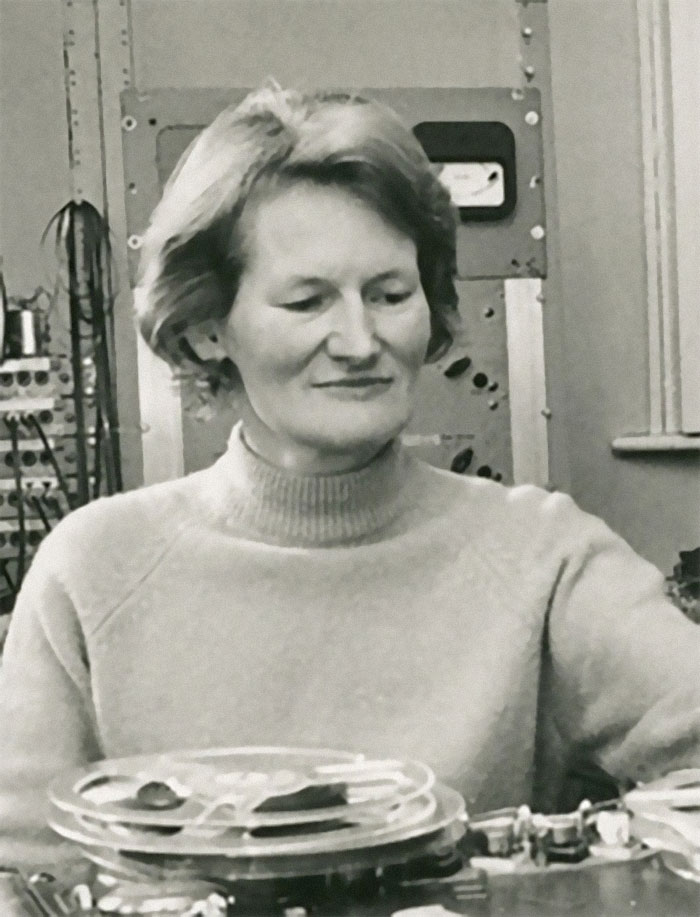
Daphne Oram – first ever composer to produce electronic sound. She pioneered electronic music and lead the path for music today. She even wrote a piece called “Still Point” that she was never able to perform live because of sexism by her peers and she never heard it live before she died. But it was performed for the first time in 2018 using a replica of a machine Daphne had created to electronically manipulate a live orchestra.
#29

#30
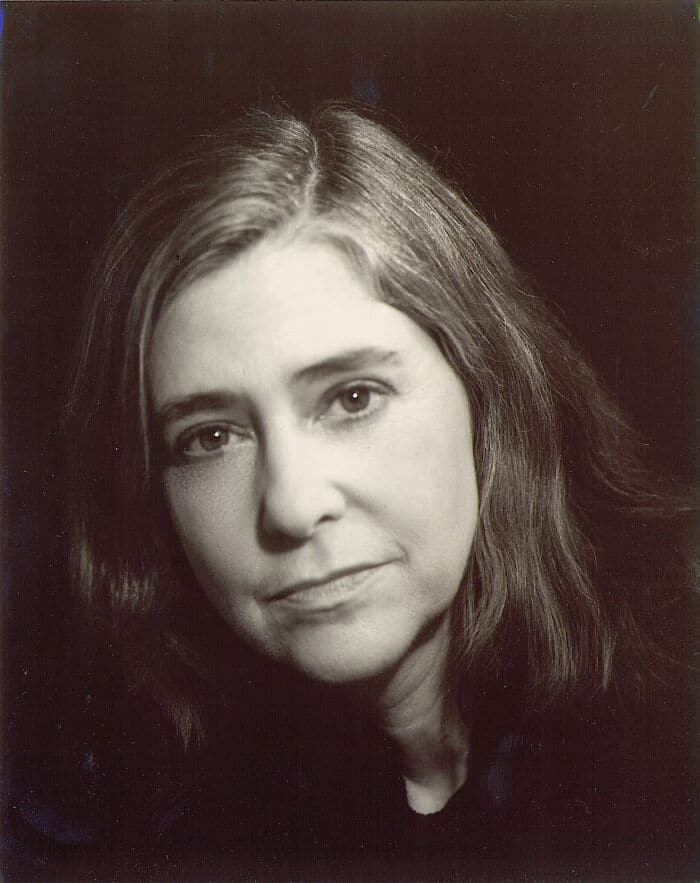
Margaret Hamilton and her team wrote all of the math it took to get to the moon.


